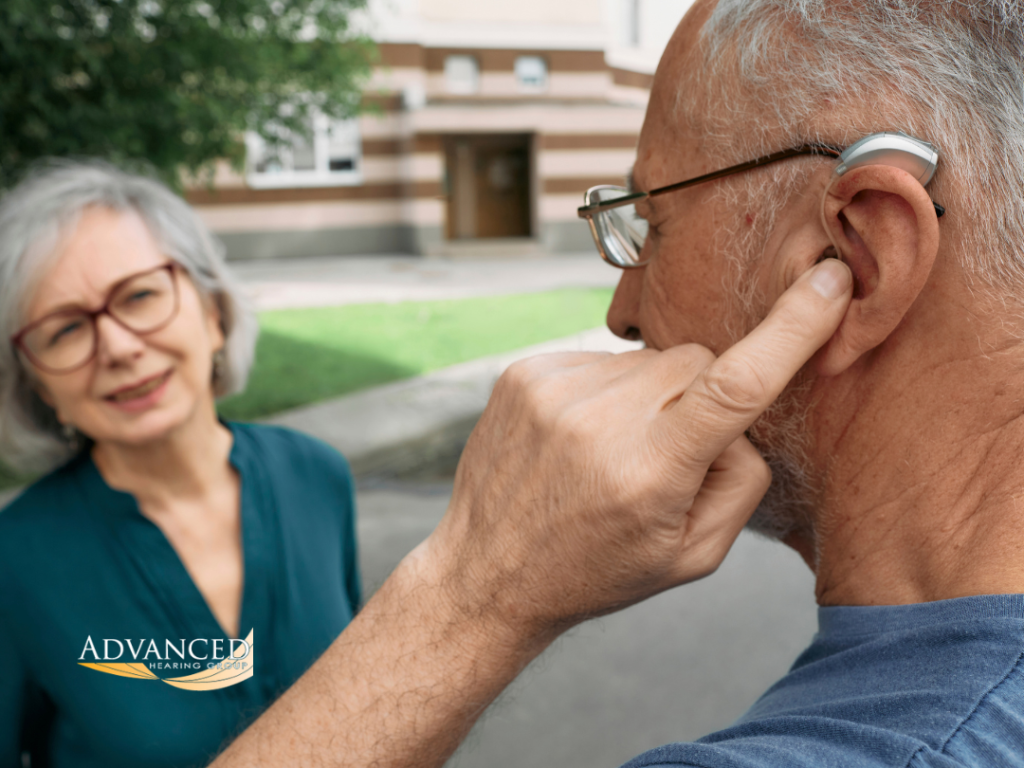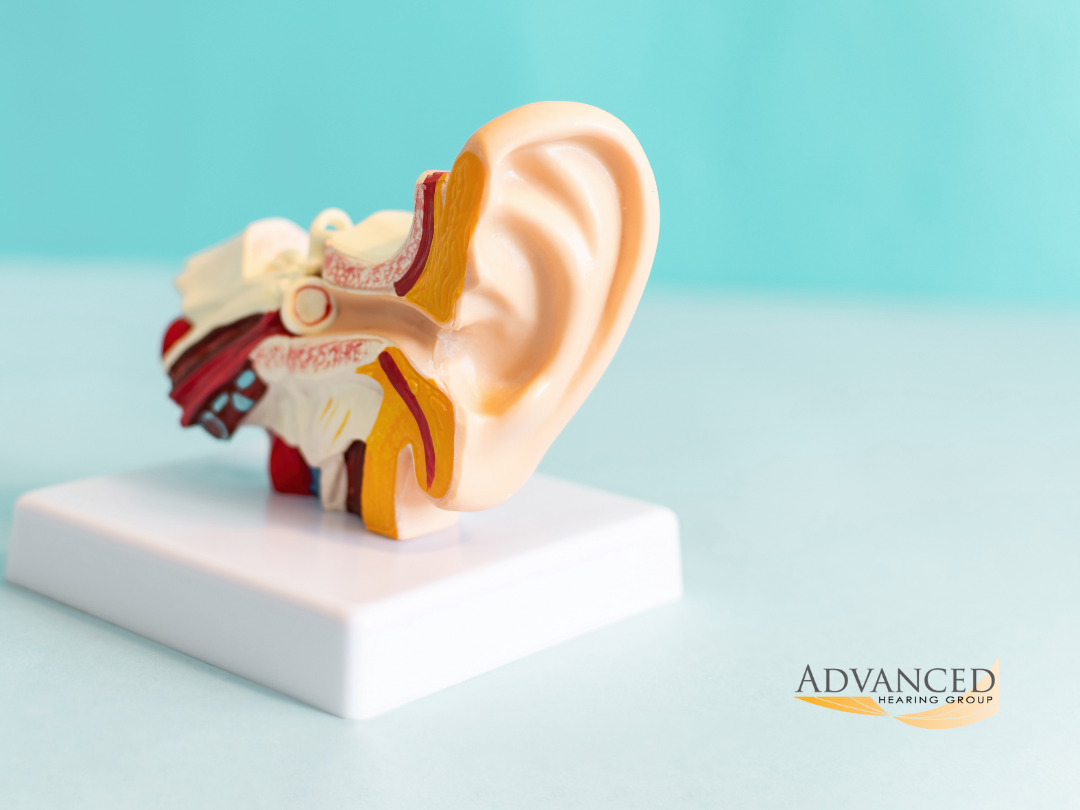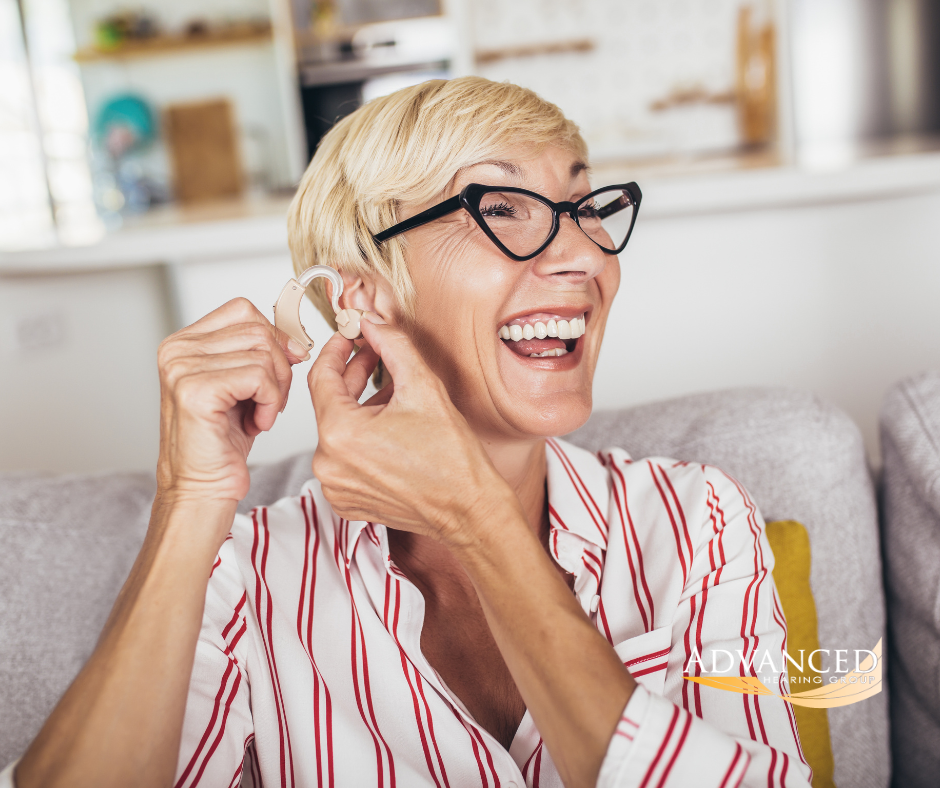
Many people picture hearing impairments as standalone conditions, but did you know that hearing loss and mental health are connected? The picture becomes even more bleak when you consider the number of people living with hearing loss. According to the United Nations and the World Health Organization, over 1.5 billion individuals suffer from hearing loss worldwide, with that number expected to significantly increase by 2030.
But we’re not here to scare you with staggering statistics. Rather, we want to educate you so you don’t become part of these unfortunate numbers. First, we’ll explain the connection between hearing loss and mental health. Then, we’ll look at what happens when hearing loss is left untreated. Lastly, we’ll offer some effective hearing loss treatment options that can foster quality living and improved mental well-being.
How are hearing loss and mental health connected?
Communication serves as a fundamental element of human existence. Our capacity to cultivate meaningful relationships and navigate life experiences hinges upon effective communication with others.
When the ability to hear and comprehend is compromised, it undermines our connection with others, potentially leading individuals to withdraw from societal engagement. This isolation significantly increases the risk for facing mental health challenges. Thus, the correlation between our communication abilities and mental well-being is unmistakable.
How is mental health affected when hearing loss goes untreated?
Untreated hearing loss can have profound consequences that may include:
- Social isolation: People with an untreated hearing impairment often shy away from social interactions due to the challenges of navigating noisy environments. Misinterpretations and misunderstandings can breed anxiety and apprehension, further fostering a sense of social isolation and loneliness.
- Varied emotions and depression: Losing one’s hearing is a significant loss. As such, it often triggers a period of grieving characterized by emotions such as anger, resentment, and sadness. This can then precipitate the onset of depression.
- Cognitive decline: The deterioration of hearing, whether partial or complete, detrimentally affects the auditory nerve and pathway system. This reorganization of brain function has been linked to accelerated cognitive decline, impairing the brain’s capacity for memory retention, learning, concentration, and decision-making.
- Dementia and Alzheimer’s disease: A strong correlation exists between hearing loss, dementia, and Alzheimer’s disease. Individuals with mild hearing impairment are twice as likely to develop dementia, while those with moderate hearing loss face triple the risk.
Improve mental health with hearing loss treatment
There’s no reason to let hearing loss define you or hinder your ability to lead a happy, healthy, and fulfilling life. That’s because recent advancements in diagnosis and treatment have revolutionized hearing loss management. Now, there are a variety of effective treatment solutions that were previously unavailable.
Early diagnosis and treatment of hearing loss is extremely important, especially since untreated hearing loss can get worse over time. Unfortunately, many individuals with hearing loss fail to seek treatment. Some are in denial and don’t think they have hearing loss, even though friends and family members can recognize it easily. Others are concerned about how treatment options such as hearing aids will look or how much they’ll cost.
Regardless of the type and severity of hearing loss, however, there are a variety of effective treatment methods. These treatments, which can improve hearing but also quality of life, include:
- Assistive listening devices
- Hearing aids or implants
- Auditory training programs
- Pharmaceutical interventions
- Surgical procedures
A hearing loss treatment plan designed by an audiologist can help people with hearing loss interact with the world around them and even enjoy improved mental health. Counseling may also be recommended for those who are grappling with the emotional impact of hearing loss. This can help them develop healthy coping mechanisms and strategies for living well, even with less than perfect hearing.
Personalized hearing loss treatment in Mesa and Scottsdale, AZ
At Advanced Hearing Group, personalized hearing loss treatment is at the very core of what we do. Our audiology services are centered around helping people hear better, whether that’s preventing hearing loss or treating it after it’s already happened. Additionally, our convenient locations in Mesa and Scottsdale, AZ are staffed with friendly, compassionate, and knowledgeable hearing professionals who love what they do and take great pride in providing exceptional service.
Simply contact us today to schedule an appointment with one of our audiologists and take the first step in your hearing loss treatment journey!










